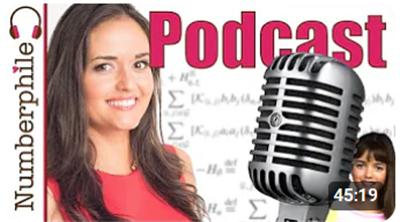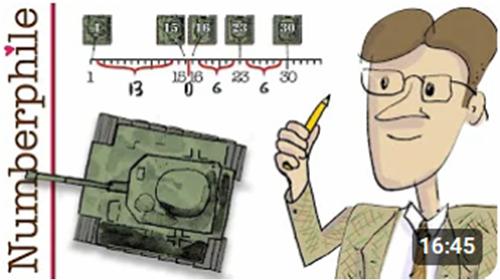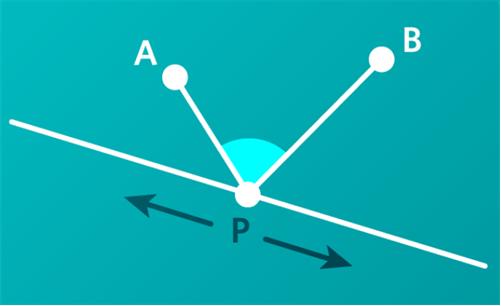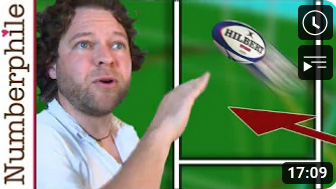 I recently watched a remarkable and surprising interview on Numberphile of the actress Danica McKellar. She began as a child actress and recently has played romantic roles on the Hallmark series of TV movies. So it comes as a surprise to find she was an undergraduate math major, and with a female colleague and the help of their advisor one summer proved a theorem involving math and metallurgy.
I recently watched a remarkable and surprising interview on Numberphile of the actress Danica McKellar. She began as a child actress and recently has played romantic roles on the Hallmark series of TV movies. So it comes as a surprise to find she was an undergraduate math major, and with a female colleague and the help of their advisor one summer proved a theorem involving math and metallurgy.
She was terrifically articulate and enthusiastic during the interview and made a number of telling observations that would be helpful for any student, especially girls, who might find they like math in grade school and might even consider majoring in it in college.
Her big emphasis was on self-esteem and the importance of reaching girls to support any interest they might have in math against the negative forces they often experience. To this end she has written a series of math books, each tailored to a different grade-level of students. But she feels the middle school years are especially critical to support girls in math.
Perhaps the thing I liked best in the interview (maybe because it echoed my own views) was her attitude towards math—she loved solving puzzles. In fact, just doing math was its own reward. She politely deflected all efforts by Brady, the interviewer, to ask if she regretted not pursuing a professional career more devoted to math. Not to knock Brady’s fine interview but I found this line of questioning supporting the current utilitarian view of education (What good is it, how can it be of use to help me earn a living) to be a bit condescending. And there was even a whiff of what the most important thing to do with math and what the professors are training students for is math research. Since most math majors and even math Ph.D.s are not going to find employment in academia, math as an ancillary component to one’s career is the most one could imagine in this context. But above and beyond that is the real truth: math is fun for its own sake, and Danica McKellar championed that in spades. I don’t think I have seen anyone unabashedly extol the joys of doing math as well as she did.
I heartily recommend this interview to anyone, especially young girls, who might have a secret affection for mathematics but fear some stigma that might attach to them if they admitted it.
Some links from Youtube:
For a PDF version see Danica McKellar Interview.
 A great example of the application of simple math to real-world problems is provided in a recent Numberphile video on YouTube by the British mathematician James Grime.
A great example of the application of simple math to real-world problems is provided in a recent Numberphile video on YouTube by the British mathematician James Grime.

 Here is a familiar
Here is a familiar  An excellent application of the solution to this puzzle can be found at
An excellent application of the solution to this puzzle can be found at